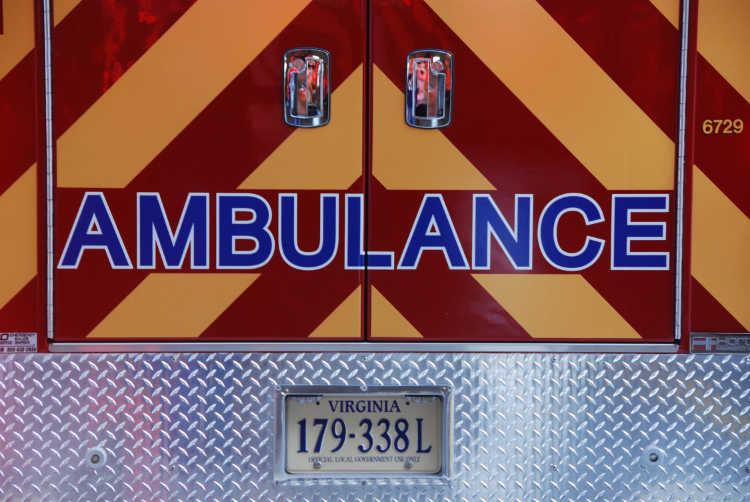
Sixteen national and international EMS, patient safety and public policy associations have partnered on the release of a joint statement on EMS Performance Metrics – Beyond Response Times.
The joint statement encourages EMS systems and community leaders to implement an approach to EMS system performance that prioritizes patient-centered care and uses a broad, balanced set of clinical, safety, experiential, equity, operational, and financial measures to evaluate the effectiveness of EMS systems.
The endorsing associations include:
- Academy of International Mobile Healthcare Integration
- American Ambulance Association
- American College of Emergency Physicians
- American College of Surgeons – Committee on Trauma
- American Paramedic Association
- Center for Patient Safety
- International Academies of Emergency Dispatch
- International Association of EMS Chiefs
- International City/County Management Association
- National Association of EMS Physicians
- National Association of Emergency Medical Technicians
- National Association of State EMS Officials
- National EMS Management Association
- National EMS Quality Alliance
- National Volunteer Fire Council
- Paramedic Chiefs of Canada
These associations recommend that local communities and governments modernize the assessment of the performance of their EMS systems/agencies by evaluating a broad array of domains with key performance indicators (KPIs) that can be measured and trended over time, and whenever possible, benchmarked with comparable EMS systems, or other national data, and published to local community stakeholders on a regular basis.
“Historically, response time performance has been the primary measure used to assess the quality of an EMS system. However, response times have not generally been associated with improved patient outcomes in the growing body of EMS evidence and research, and the reliance on response time performance prevents communities from evaluating other EMS system quality measures that have greater significance for patient care and outcomes”, states Dr. Doug Kupas, the primary author of the joint statement.
Matt Zavadsky, one of the contributing authors of the statement adds “This joint statement is the second major collaboration for most of these national and international associations, representing a significant coalescence of these associations, including public policy makers, to help assure that evidence-based clinical, operational, experiential and financial measures are used to more appropriately evaluate system performance.”
The prior joint position statement from these groups encouraged EMS agencies to reduce lights and siren responses to improve community and patient safety.
The joint statement includes the domains that should be used when evaluating an EMS system/agency including:
- Effective: Is the health care provided clinically appropriate and high quality?
- Safe: Are services being provided in a way that is clinically and operationally safe for patients, responders, and the community?
- Satisfying: How do patients and EMS clinicians feel about the service being provided?
- Equitable: Is the system providing care that is equitable based on patient demographics and service area geography?
- Efficient: Is this service being provided in a way that maximizes the use of economic and operational resources?
The participating associations emphasize that it is essential for government and community leaders and decision-makers to consider all elements of the EMS system from the moment a 9-1-1 call is made to the conclusion of care by the EMS system/agency.
By considering these additional performance measures, local communities can gain a more comprehensive understanding of the effectiveness of their EMS system/agency, identify areas for improvement in patient care, system efficiency, and overall emergency response capabilities.
The Joint Statement on EMS Performance Metrics – Beyond Response Times can be found here: https://doi.org/10.1080/10903127.2024.2375739
A PDF of the joint statement can be downloaded here.
A resource guide for effective evaluation of EMS systems, including supporting studies, can be found here.

